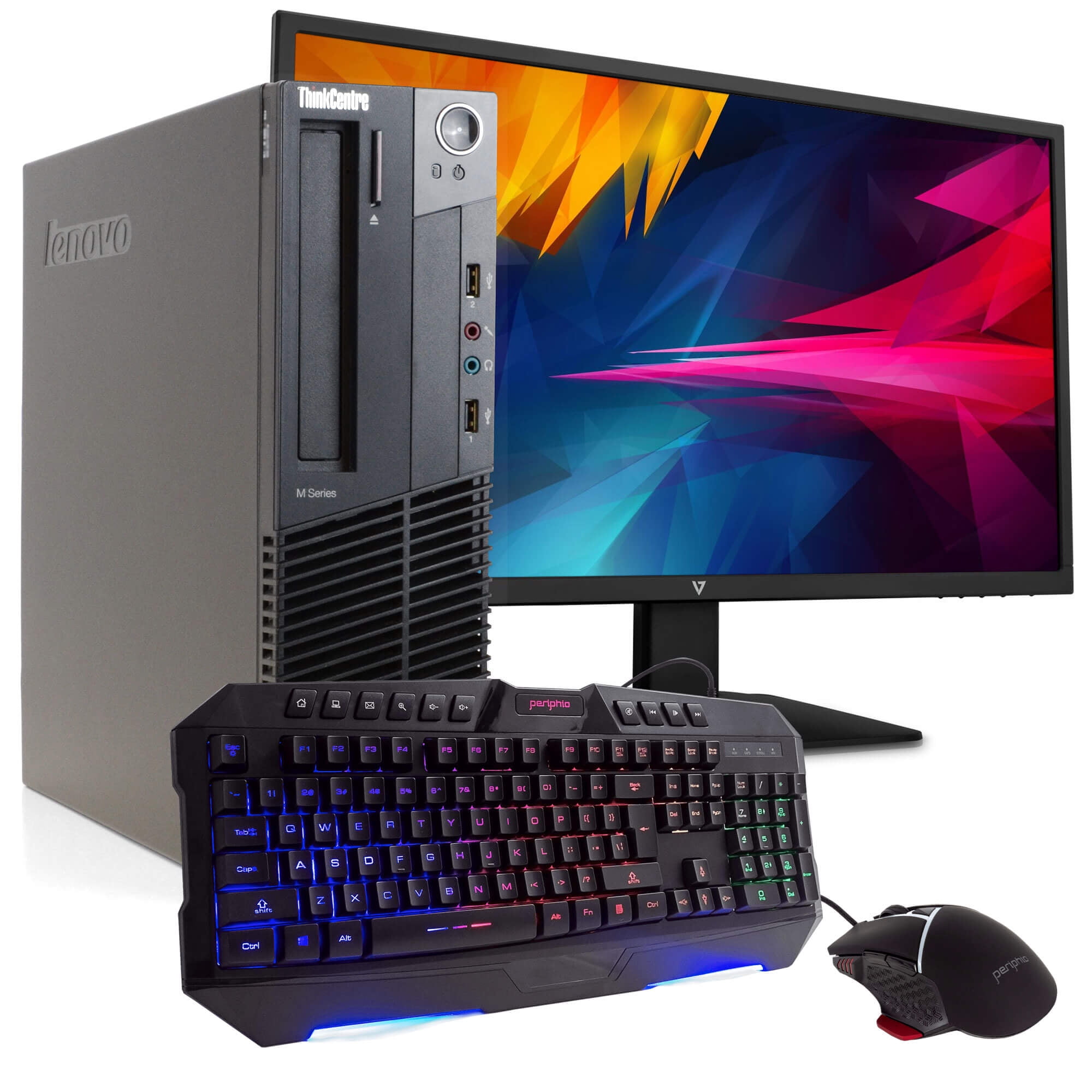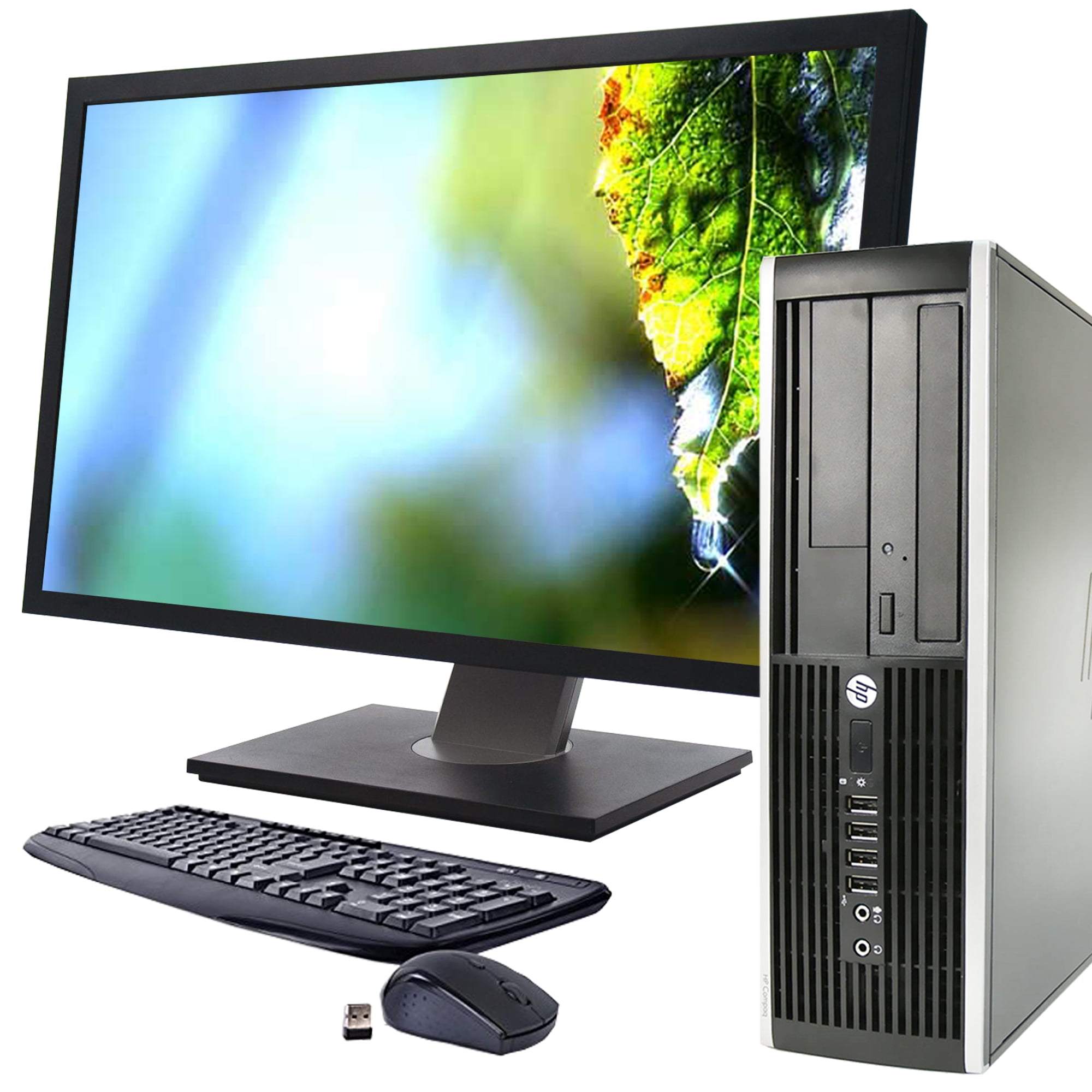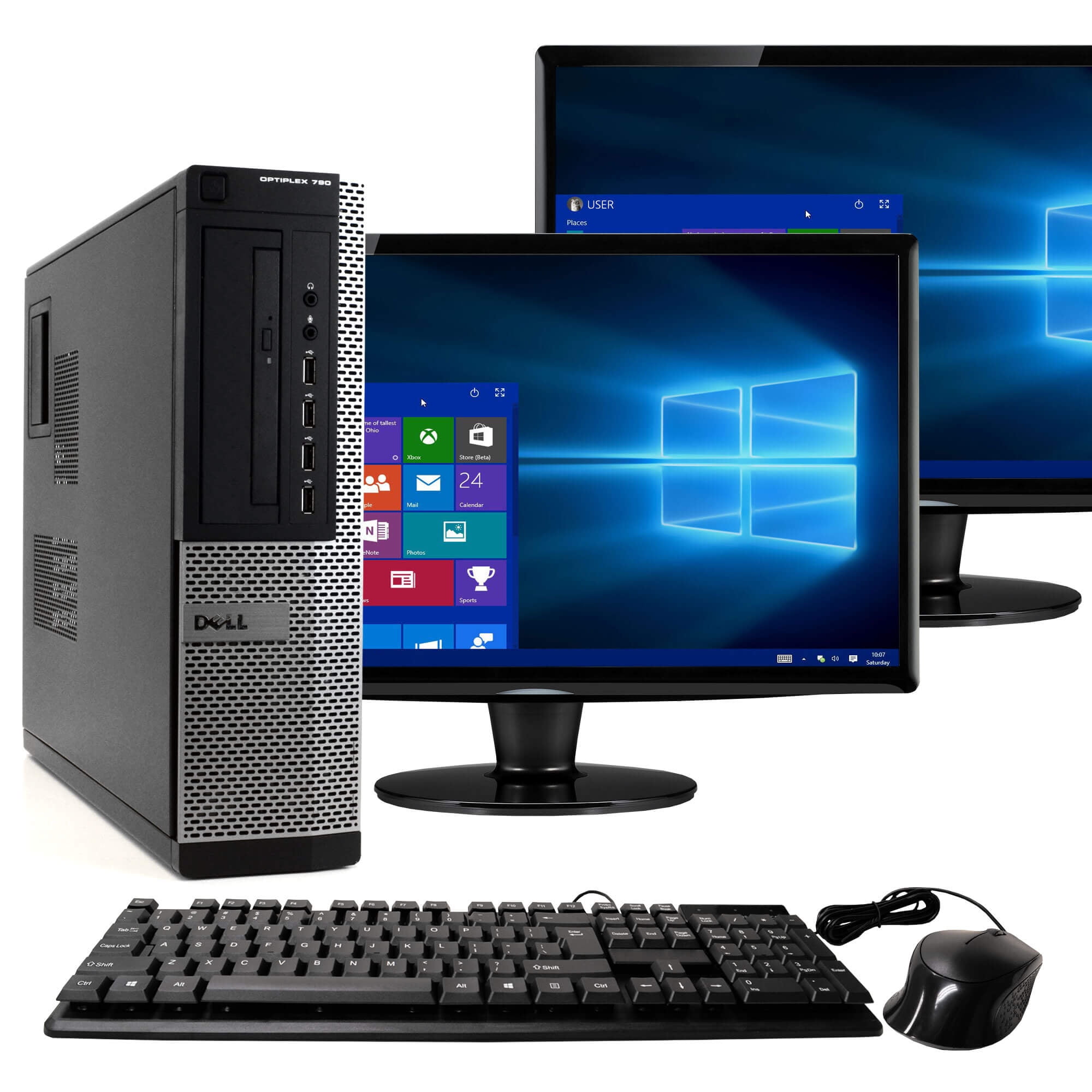Exploring Computers Of The 1980s: A Look Back At Early Home Computing
Detail Author:
- Name : Santiago Moen
- Username : otha91
- Email : sporer.erich@bartoletti.biz
- Birthdate : 1996-01-18
- Address : 58716 Wilbert Junctions Suite 811 Ivahfort, ID 62512
- Phone : (701) 327-2331
- Company : Breitenberg-Stoltenberg
- Job : Purchasing Agent
- Bio : Accusamus qui nemo aut fuga beatae aut totam. Cumque explicabo occaecati dolorum nostrum.
Socials
facebook:
- url : https://facebook.com/arden_official
- username : arden_official
- bio : Voluptatem ipsa neque vel molestiae qui at.
- followers : 3689
- following : 2811
linkedin:
- url : https://linkedin.com/in/ardenheaney
- username : ardenheaney
- bio : Aspernatur autem odit veniam velit quia modi.
- followers : 220
- following : 2509
twitter:
- url : https://twitter.com/ardenheaney
- username : ardenheaney
- bio : Deleniti accusantium molestias sit repudiandae aut et. Est molestiae velit fugit quae amet error. Repellat et aut sed consequatur.
- followers : 6533
- following : 2576
Do you ever wonder what it was like to use a computer before the internet, before sleek smartphones, or even before Windows was a common thing? The 1980s, you know, was a pretty special time for personal computing. It was a period when these machines, which were once only found in big businesses or universities, started to find their way into homes. This shift, honestly, changed everything for so many people.
It was a time of real discovery, a bit like the wild west for technology. People were figuring out what these new gadgets could even do. They were clunky, yes, and they certainly didn't have the processing ability we expect today, but they sparked a kind of wonder. Every beep, every pixelated image, it was all so new and exciting. It really was.
This period, in a way, laid the groundwork for the modern digital world we live in now. Without the experiments and innovations from those early days, we might not have the powerful devices that let us, say, shop at Best Buy for computers and tablets, or easily find laptops & notebook computers at places like Newegg or Costco.com. It's quite a journey when you think about it.
Table of Contents
- Introduction
- The Dawn of Personal Computing
- Life with an 80s Computer
- The Sound of the 80s: Graphics and Audio
- From Hobby to Household Staple
- The Legacy of 80s Computers
- Frequently Asked Questions
- Conclusion
The Dawn of Personal Computing
The 1980s began with personal computers still feeling like a rather niche item. They were mostly for hobbyists, or for those with a strong technical bent. But as the decade moved along, these machines began to gain a lot more appeal. They became more accessible, and people started to see their practical uses beyond just playing simple games. It was a gradual but steady change, you know.
Early on, the concept of a "home computer" was still quite new. There wasn't a clear idea of what a computer should even be for the average person. Manufacturers were experimenting, trying different approaches to design, operating systems, and what features to include. This led to a very diverse collection of machines, which is that makes the era so fascinating.
Key Players and Their Machines
Several companies became really important during this time, each with their own distinct machine. These computers, in a way, shaped the different paths personal computing would take. They each had their own strengths and their own groups of loyal users. It was a bit like choosing a team, really.
The Apple II, for instance, had already made a name for itself in the late 1970s, but it continued to be a strong presence in the 80s. It was known for its ease of use, for the time, and its ability to run a lot of different kinds of software, especially for education and business. It was, arguably, one of the machines that showed people what was possible.
Then there was the Commodore 64, which became, you know, one of the best-selling single computer models of all time. It was incredibly popular, partly because it was more affordable for many families. It had good graphics and sound for its day, making it a favorite for games. Many people got their first experience with a computer through a C64, that is.
IBM entered the scene with its Personal Computer, or PC, in 1981. This machine, in some respects, set a kind of standard for business computing. Its open architecture meant other companies could make compatible hardware and software, which led to a huge industry built around the "IBM PC compatible" idea. It was a really big deal for the future of computing, honestly.
Across the pond, in the UK, the Sinclair ZX Spectrum was a huge hit. It was very affordable, making computing accessible to even more people. While it had its quirks, it sparked a generation of programmers and game developers. It was a machine that proved you didn't need to spend a fortune to get into computing, you know.
Later in the decade, machines like the Commodore Amiga and the Atari ST arrived. These computers were, in a way, more advanced, offering better graphics, sound, and multitasking capabilities. They were particularly beloved by artists, musicians, and serious gamers. They pushed the boundaries of what a home computer could do, really.
What Could They Even Do?
When you look at computers of the 1980s, their abilities seem very limited by today's measures. They had very little memory, often just kilobytes, not gigabytes. Their processors ran at speeds measured in megahertz, not gigahertz. This meant they couldn't do many things we take for granted now, like streaming video or running complex 3D graphics. That is just how it was.
Most interactions were text-based. You typed commands into a prompt, and the computer responded with more text. There were no graphical user interfaces with icons and clickable windows like we have today, at least not commonly until later in the decade. It was a very different way of telling the machine what you wanted it to do, you know.
Basic word processing was a common use. People could type documents, make simple edits, and print them out. Spreadsheets, too, became quite popular for home budgeting or small business accounting. These applications, in a way, showed the practical side of owning a computer. They were tools that helped with everyday tasks, albeit slowly.
Programming was also a very popular activity. Many computers came with the BASIC programming language built right in. Users could, you know, learn to write their own simple programs or modify existing ones. This hands-on experience with coding was a fundamental part of owning an 80s computer for many people. It was a real learning experience.
Life with an 80s Computer
Using a computer in the 1980s was a very different experience from today. There was a lot more waiting, for one thing. Programs loaded slowly, often from cassette tapes or floppy disks. You had to be patient, and sometimes, you know, a bit lucky for things to work perfectly. It wasn't always instant gratification, that's for sure.
Setting up a computer often involved connecting it to a television set, as dedicated monitors were expensive or not always available for home models. The display quality was often quite basic, with limited colors or just monochrome. This was, in a way, part of the charm and the challenge of early computing.
Storage was a major concern. Floppy disks held very little data, and hard drives were a luxury, if they were available at all. Users had to manage their files carefully, often swapping disks in and out of the drive. It was a constant juggling act, you know, to keep everything organized and accessible.
Software and Games
Software distribution was also quite different. You bought programs on floppy disks or cassette tapes from stores, or through mail order. There was no "app store" or instant downloads. Finding software could be a bit of a treasure hunt, honestly, and sharing programs among friends was a common practice. It was a very physical process.
Games were a huge draw for these early machines. While they lacked the detailed graphics of today, they offered compelling gameplay and innovative ideas. Text adventures, where you typed commands to interact with a story, were very popular. Arcade-style games, with simple but addictive mechanics, also found a big audience. They were, in a way, very creative within their limitations.
Educational software also started to become a thing. Programs that taught typing, math, or basic programming were common. These tools introduced a new way of learning, making it more interactive and engaging for students. It was a real step forward for education, you know.
Connecting to the World (or Not)
The concept of "online" in the 1980s was very, very different. There was no World Wide Web as we know it. Instead, people connected to Bulletin Board Systems, or BBSs, using slow modems. These were essentially individual computers set up by enthusiasts, allowing others to dial in, leave messages, download files, or play simple games. It was a bit like a very small, local internet, you know.
Modems were slow, often operating at speeds like 300 or 1200 bits per second (bps). To put that in perspective, today's internet speeds are measured in millions or even billions of bits per second. Downloading even a small file could take a very long time. It was a test of patience, honestly, for anyone trying to connect.
These connections were also expensive, as they involved long-distance phone calls for many users. This meant people often had to limit their online time. The idea of being constantly connected, like we are now, was simply not a thing. It was a much more deliberate and costly process, you know.
The Sound of the 80s: Graphics and Audio
The visuals and sounds of 80s computers are, arguably, very iconic. Graphics were pixelated, with characters and objects made up of large, blocky squares. The color palettes were often limited, sometimes to just a handful of colors on screen at once. Despite these limitations, artists and programmers found incredibly clever ways to create engaging visuals. They really did amazing things with what they had.
Audio was typically generated by simple sound chips, producing beeps, boops, and basic melodies. There was no high-fidelity audio or voice synthesis. Yet, these simple sounds became the soundtracks to countless hours of gaming and computing. Many people, you know, can still hum the tunes from their favorite 80s computer games. It's a kind of nostalgia, really.
The challenge of creating compelling experiences with such limited resources fostered a lot of creativity. Developers had to be very resourceful, using every trick they could to make their games and applications look and sound as good as possible. This pushed the boundaries of what was thought possible on these machines, honestly.
From Hobby to Household Staple
As the 1980s progressed, computers slowly transitioned from being a hobbyist's gadget to something more commonly found in homes. The introduction of more user-friendly software and the increasing availability of affordable machines helped drive this change. People started to see the value in having a computer for things like schoolwork, managing finances, or simply for entertainment. It was a real shift, you know.
The growth of computer magazines and television shows also helped demystify these machines. They provided information, reviews, and tutorials, making computers seem less intimidating to the average person. This public awareness was, in a way, crucial for their widespread adoption. It helped people understand what they were buying.
The idea of a "personal computer" truly took hold. It was no longer just a tool for experts; it was something that could be used by anyone, even if they only used it for basic tasks. This expansion of the user base was, you know, a very significant development. It paved the way for the computer to become an essential part of modern life.
Today, it's so easy to find what you need. Wichita, KS based computer shops offering new and used PC computers, laptops, notebooks and hardware components for sale are common. You can shop for computers at your local Wichita, KS Walmart, or find great prices on desktop computers, laptops, printers & scanners, iPads & tablets, computer monitors, networking equipment, gaming PCs at Sam's Club in Wichita, KS. This level of choice and accessibility was just not a thing back then, honestly.
The Legacy of 80s Computers
The computers of the 1980s, in a way, laid the essential groundwork for everything we use today. They introduced concepts like graphical interfaces, home networking, and personal productivity software that are now fundamental. They sparked the imaginations of countless individuals, leading many to pursue careers in technology. It was a truly formative period, you know.
Many of the software developers, game designers, and engineers who shaped the modern tech world got their start on these early machines. They learned to code on them, they played games on them, and they dreamed about what computing could become. This personal connection to the technology was, arguably, very important for its future development.
The lessons learned from the successes and failures of 80s computers continue to influence design and development today. The push for more user-friendly interfaces, more powerful hardware, and more accessible software all have roots in that decade. It's a continuous evolution, really, building on what came before.
Looking back, it's clear these machines were more than just electronics. They were catalysts for change, opening up new possibilities for communication, creativity, and learning. They were the very first steps on a long journey, and they left an indelible mark on how we interact with technology. It's quite amazing to consider, you know.
Frequently Asked Questions
What was the most popular computer in the 1980s?
The Commodore 64 is often considered the most popular computer of the 1980s. It sold millions of units worldwide, due to its relatively low price and strong capabilities for games and other applications. It was a real hit, you know.
What operating system did 1980s computers use?
Many 1980s computers used proprietary operating systems like Commodore DOS, Apple DOS, or Sinclair BASIC. The IBM PC introduced MS-DOS, which became very common for PC-compatible machines. Graphical user interfaces, like the Macintosh OS, started to appear later in the decade, but text-based systems were, arguably, the norm for much of the period.
How much did a computer cost in the 1980s?
The cost of computers in the 1980s varied widely. Some entry-level home computers, like the ZX Spectrum or Commodore 64, could be purchased for a few hundred dollars (or pounds in the UK). More powerful machines, like the IBM PC or early Apple Macintosh, could cost several thousand dollars. This was, in a way, a significant investment for many families.
Conclusion
The computers of the 1980s were, in some respects, truly groundbreaking machines. They were the pioneers that brought computing into the home, transforming it from a specialized tool into something accessible for everyday people. They may seem incredibly basic compared to the powerful devices we use today, but their impact was, you know, absolutely enormous.
They sparked curiosity, fostered innovation, and laid the essential foundation for the digital world we now inhabit. Thinking about them helps us appreciate just how far technology has come. It also reminds us that the spirit of innovation, the desire to create and explore with these machines, remains a core part of computing even now. It's a journey that continues, honestly, every single day.
If you're ever in Wichita, KS, remember that Computer Depot is here for all your repairs, and our prices are competitive, affordable, and we respond quickly to your needs. This kind of local support, you know, is a big part of the modern computer experience, something that has evolved so much since the 80s.


